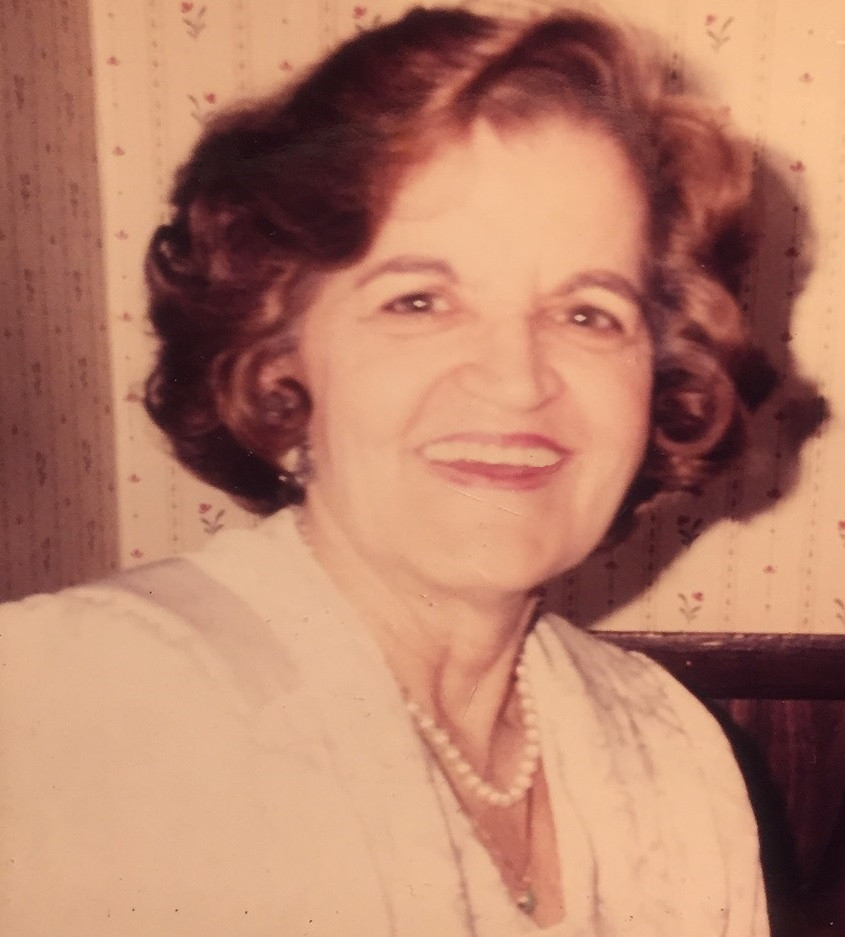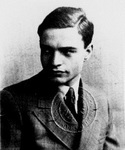His beloved wife, Janice Hall Quilligan Bottonus Klein.
Janice really loved him. And he really loved her.
Date & Place:
Not specified or unknown.


 Amanda S. Stevenson
Amanda S. Stevenson 

